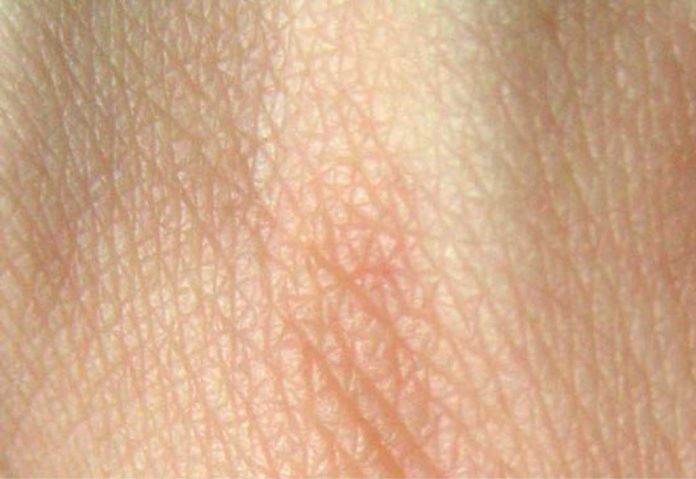Scientists at the NYU School of Medicine have successfully regrown hair strands on damaged skin by stirring crosstalk among skin cells that form the roots of the hair.
Scientists examined the impact of distinct signaling pathways in harmed skin of research facility mice. Investigations concentrated on cells considered fibroblasts that emit collagen, the structural protein most in charge of keeping up the shape and quality of skin and hair.
They then activated the sonic hedgehog signaling pathway used by cells to communicate with each other. The pathway is known to be very active during the early stages of human growth in the womb, when hair follicles are formed, but is otherwise stalled in wounded skin in healthy adults.
The results demonstrated that stimulating fibroblasts through the sonic hedgehog pathway can trigger hair growth not previously seen in wound healing.
Cell biologist Mayumi Ito, Ph.D. said, “Regrowing hair on damaged skin is an unmet need in medicine, Ito says, because of the disfigurement suffered by thousands from trauma, burns, and other injuries. However, her more immediate goal is to signal mature skin to revert back to its embryonic state so that it can grow new hair follicles, not just on wounded skin, but also on people who have gone bald from aging.”
“Scientists have until now assumed that, as part of the healing process, scarring and collagen buildup in damaged skin were behind its inability to regrow hair. “Now we know that it’s a signaling issue in cells that are very active as we develop in the womb, but less so in mature skin cells as we age.”
Key among the investigation’s discoveries was that no indications of hair development were seen in untreated skin, yet were seen in treated skin, offering proof that sonic hedgehog signaling was behind the hair development.
To sidestep the danger of tumors revealed in different tests that turned on the sonic hedgehog pathway, the NYU Langone group turned on just fibroblasts found just underneath the skin’s surface where hair follicle roots (dermal papillae) first show up. Specialists likewise focused in on fibroblasts in light of the fact that the cells are known to help guide a portion of the natural procedures engaged with recuperating.
Hair regrowth was seen inside about a month after skin injuring in every single treated mouse, with a hair root and shaft structures beginning to show up the following nine weeks.
Ito said, “We are planning to investigate into how chemical and genetic stimulants of fibroblasts might activate the sonic hedgehog pathway in wounded human skin.”
The study is published in the journal Nature Communications.
